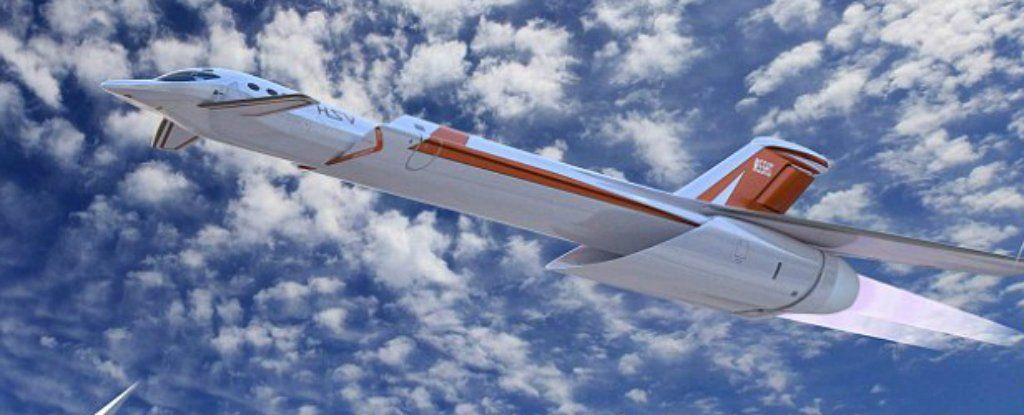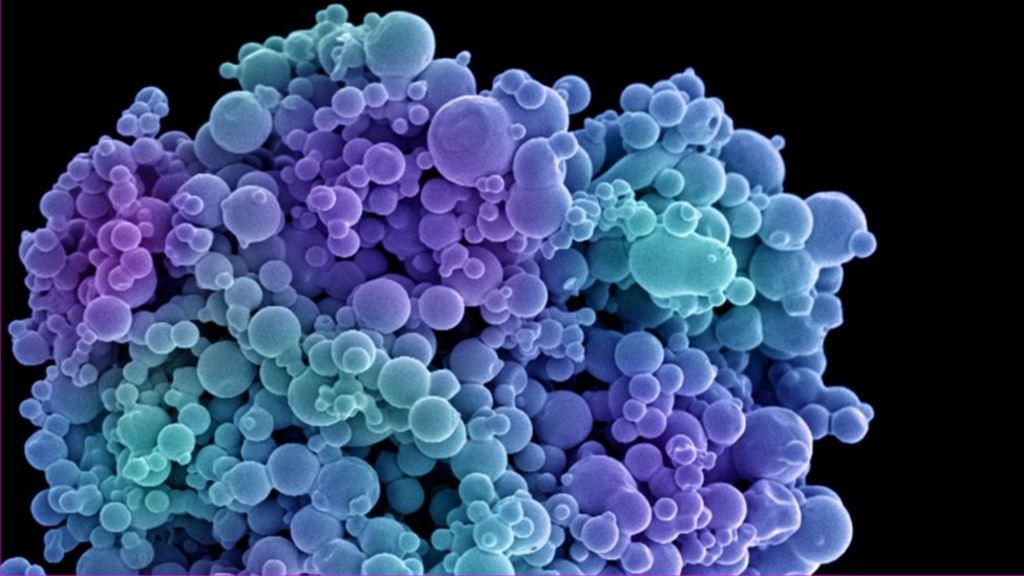In the Holy Bible, Jesus Christ taught us how to attain eternal life. In John 6:71, for example, Jesus Christ said: “Truly, truly, I say to you, unless you eat the flesh of the Son of Man and drink his blood, you have no life in you. Whoever feeds on my flesh and drinks my blood has eternal life, and I will raise him up on the last day.”
A Russian scientist, however, believes that he can have eternal life through the power of science, more specifically through the power of 3.5-million-year-old bacteria.








